6. Don’t Look Now (1973)
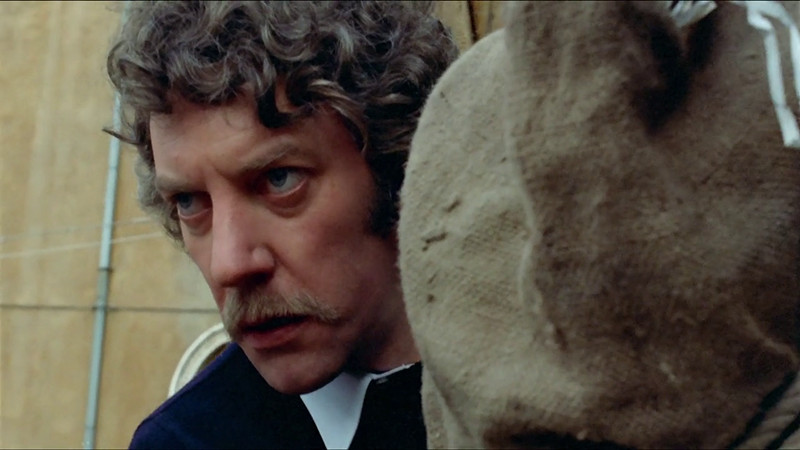
Some films just operate on a different wavelength compared to the rest of the pact. Don’t Look Now, the 1973 film from visionary filmmaker Nicolas Roeg, makes so many other movies seem banal, thanks to the ingenious craft and mesmerizing vision. This British film, which has grown in appreciation among American audiences and scholarship, pushes the boundaries of film editing and provocative motifs and is a harrowing watch as a thriller alone.
Following the death of their daughter, married couple Laura (Julie Christie) and John Baxter (Donald Sutherland) voyage to Venice after John accepts a job restoring a church. The psychological trauma of their daughter’s passing is at the heart of the narrative, as it affects the film’s visual language and performance, especially once the couple learns that their child may be trying to warn them from the afterlife of imminent danger. The stark visual palette, complemented by groundbreaking editing and a barrage of colors, is designed to manipulate the audience, creating a sense of uncertainty.
The film is the closest thing mainstream audiences will receive to impressionist painting. Occasionally more horror than thriller, Don’t Look Now plants viewers in the warped minds of Laura and John. Even in its most fantastical moments, Roeg’s film is founded upon humanist grief and the struggle of attempting to live a normal life following a tragedy. The director’s unsettling atmosphere routinely keeps viewers on edge, leaving them unclear whether a mythical force or internal trauma will cause the demise of the protagonists. A controversial sex scene, which spawned a legend that Christie and Sutherland actually engaged in intercourse, only drives the feeling of staring into the sun that the film provokes. The bleak, metaphysical examination of grief in Don’t Look Now manages to be meditative and thrillingly profound.
7. A Simple Plan (1998)
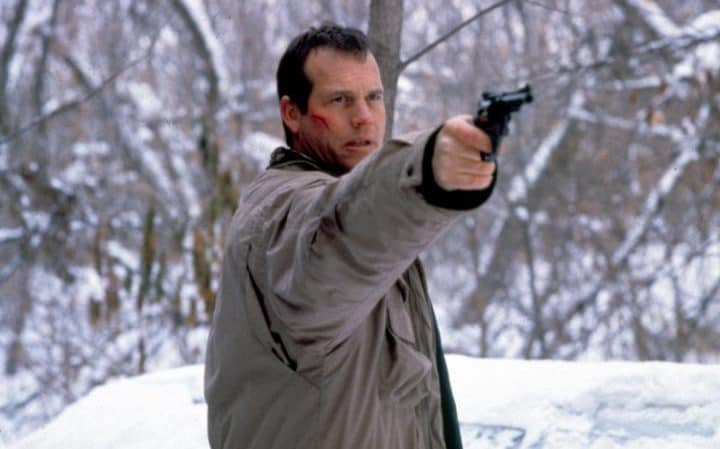
In a transition period between indie sensations and blockbuster entertainment, Sam Raimi sharpened his filmmaking by elevating middle-brow stories. During this time when the director was proving that he could take on any kind of text with minimalist filmmaking, he adapted a Coen Brothers-esque tale of crime gone wrong. To this date, there is no film quite like A Simple Plan in Raimi’s filmography–one that is equally captivating as a genre piece and character drama.
A Simple Plan centers around three friends who run into millions of dollars in a lost stash and agree to keep the money. While hiding it from authorities, mistrust ensues among the group, and their lives spiral into chaos. The emotional arc of the story is carried by an actor showcase trifecta of Bill Paxton, Billy Bob Thornton, and Bridget Fonda. The snowy setting creates a sense of lonely trepidation. Following the moment when the characters obtain the money, tension arises in the form of the proverbial shoe dropping at any moment. Understanding the kind of film they are watching, audiences gradually recognize the steps that will lead to their downfall.
While grounded as a thriller, the deconstruction of the soul of these blue-collar workers over a stash of money works as a modern-day tragedy, complemented by a slow spiral into mayhem. Raimi brings a suitable mythical quality that exhibits the characters’ temptations and guilt. A Simple Plan is earnestly curious about the difficult decisions regular people make in grueling circumstances, and it is sympathetic to the internal conflict of its characters. With support from a gripping drama about unfortunate circumstances involving real people, Raimi unexpectedly mastered his genre craft in A Simple Plan.
8. Unstoppable (2010)
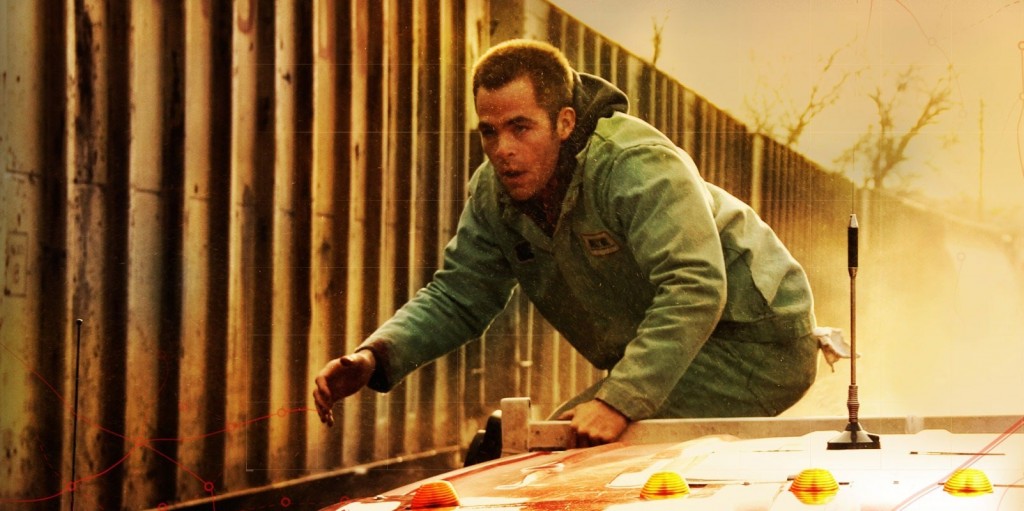
The late Tony Scott, disregarded as a true auteur during his lifetime, as his hyperactive editing and commercial aesthetics turned critics off, is being rightfully reclaimed. No one understood the thrills of genre films quite like him. His equal sense of emotional sincerity with his willingness to be intense with his visual language and depiction of violence made him a dynamic filmmaker. Scott walked off into the sunset in style with Unstoppable. A seemingly mundane thriller, his final film in 2010 was a thunderous reminder that he was a master of the form all along.
As the title indicates, Unstoppable is about a freight train that loses control, as a veteran engineer, Frank (Denzel Washington), and young conductor, Will (Chris Pine) attempt to prevent it from barreling toward a city. The premise evokes the image of schlocky, direct-to-video fare. Thanks to the captivating presence of Washington and Pine, and the exquisite action directing of Scott, the film is so much better than it needed to be. The cross-cutting between the train car and the control room is swift, maintaining intense momentum no matter what the screen is showing.
Unstoppable is unabashed in its reliance on pure thrills, but Scott pays it off thanks to a tight script and controlled narrative. This goes with all of Scott’s films, but the high-level romanticism that is embedded in these characters and circumstances is remarkable. The evolution of the relationship between Frank and Will is natural and engaging. The film’s sympathies towards blue-collar America and the artistry behind train engineering only crystallize the soulful core of Scott’s filmography. Action movies since the release of Unstoppable pale in comparison, and filmmakers and studios have taken zero lessons from the director’s body of work.
9. Fail Safe (1964)
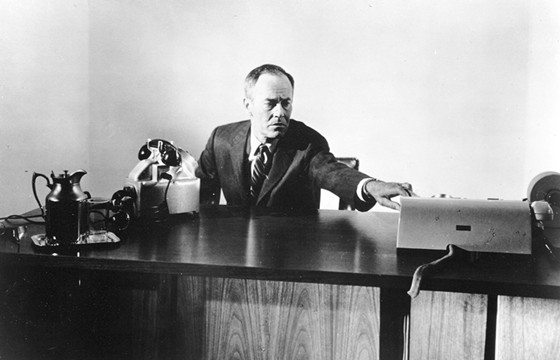
A product of the twin movie phenomenon (The Prestige and The Illusionist, Armageddon and Deep Impact), Fail Safe will never be the most iconic or well-known Cold War film about averting nuclear war released in 1964. The Stanley Kubrick classic Dr. Strangelove won over audiences and critics, while the Sidney Lumet film was abandoned in the dark. Fail Safe may lack the biting satire and hilarious black humor of its counterpart, but it favors instead for a thrilling drama about the harrowing fear of impending global destruction through the truncated scope of officials talking in rooms.
Fail Safe centers around a technical malfunction that sends American planes to Moscow to deliver a nuclear attack. A crisis team to prevent the attack is coordinated by the U.S. President (Henry Fonda) and Air Force General Black (Dan O’Herlihy). Lumet was a master of chamber drama. When a story is confined to a few locations, and primarily consists of people conversing with each other in stressful situations, Lumet’s no-frills but inventive directing was perfect. He translates the weight of nuclear war into phone conversations between the President and pilots.
As with any Lumet film, Fail Safe is driven by sharp dialogue and a focused narrative. It engages in hot-button issues without being too fussy or grandstanding. The film uses the thriller genre to suck audiences into the political machinations of the story, causing viewers to think about the state of the country and its global relations at the time. Lumet’s direction of this lean, tight-knit procedural mirrors current events, no matter the era. Fail Safe opens a window to the potential downfall of America and international democracy without showing any warfare.
10. Shallow Grave (1994)
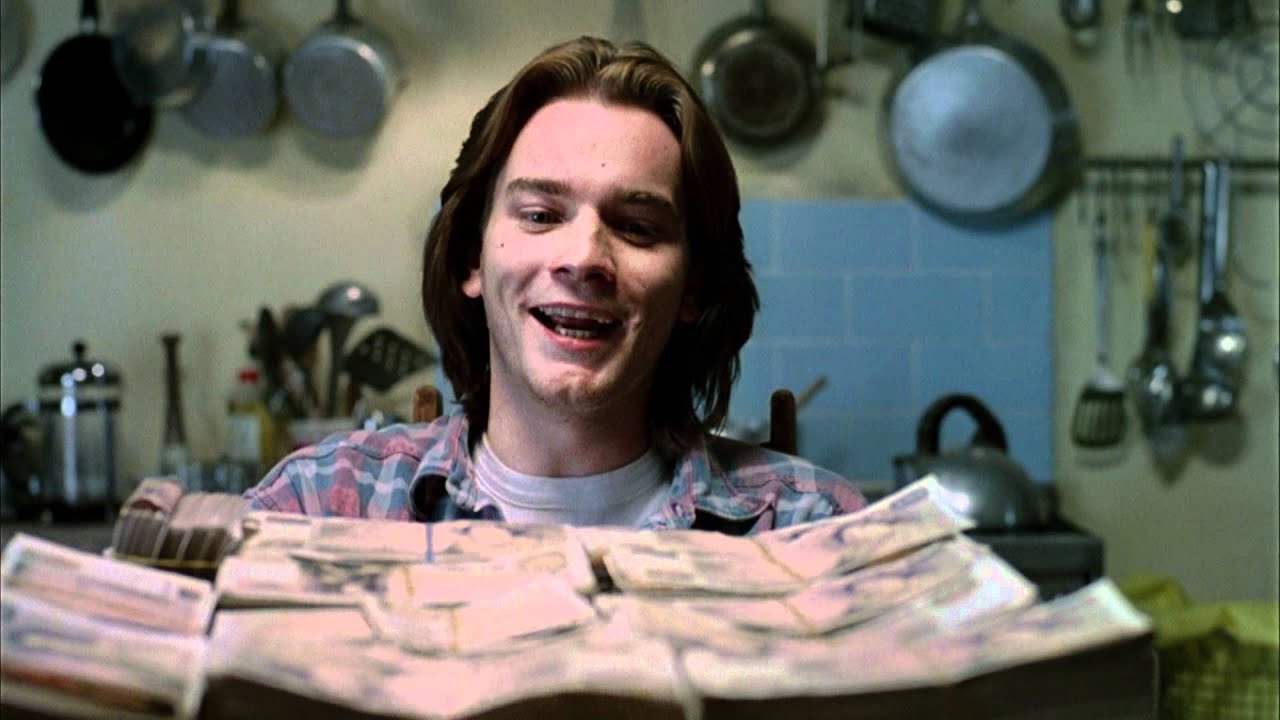
In conjunction with the American indie boom in the 1990s, British cinema was experiencing a takeover of a new voice of rebellious and free-spirited filmmaking. At the heart of this movement was Danny Boyle. While successful in the States, the director’s best and most inspired work came from his time in the UK, as he was the closest thing to a British counterpart to the phenomenon of Quentin Tarantino. Before making his Pulp Fiction in Trainspotting, Boyle’s respective Reservoir Dogs, Shallow Grave, announced him as a true visionary in 1994.
Boyle’s directorial debut follows a crime-gone-wrong scenario of three roommates discovering their fourth dead in his room and deciding to keep a stash of money he left behind and dismember his body. The various Scotting settings are employed as a character and help flavor the DIY attitude of the film. Shallow Grave utilizes familiar Hitchcockian tropes into something fresh, thanks to the film’s fast pace and punk-rock sensibility about crime and greed.
By making these characters irredeemable, as money was never an issue for these upper-class folks, Boyle has fun playing with the downfall of these characters. The thrills come in the form of holding one’s breath in each climactic moment where the money may get lost or the body happening to be discovered. Viewers are left to wonder how much worse this predicament could get for the trio. Boyle shows no restraint from brutal violence in its collision with the affluent setting of the surrounding environment. Shallow Grave is a thrilling parable about how paranoia can unravel friendship and basic humanity as a whole. The emotional stakes far outweigh any implications of the plot–a fundamental attribute of a quality thriller.